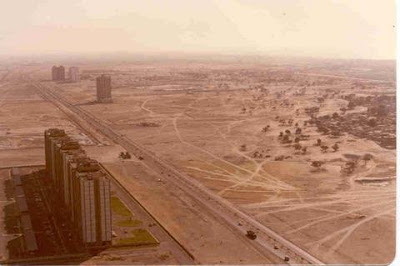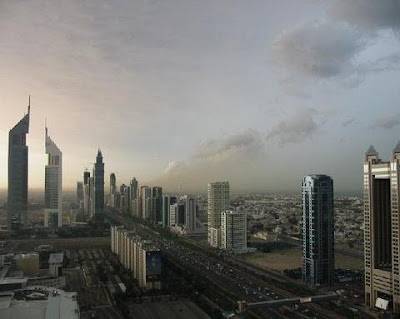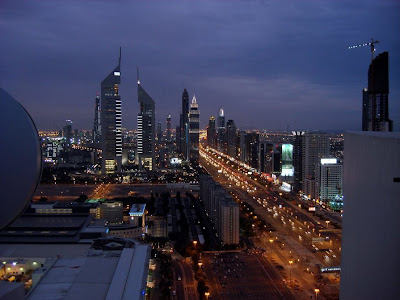CA95380
USMB Member
Dubai became part of the United Arab Emirates at its founding in 1971.
dubai encyclopedia topics | Reference.com

1990

2003

Dubai last year
-More-
Eye On The World: Something you should ponder as you pump gas into your car


